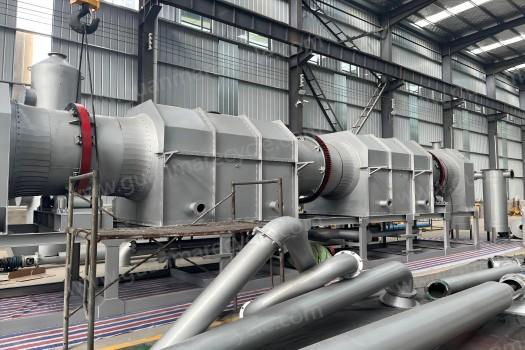Carbonization and pyrolysis are two closely related processes, but they are not exactly the same. Carbonization is the process of converting organic materials into carbon or a carbon-rich residue through heating in the absence of oxygen. This process typically occurs at temperatures between 600-1200 degrees Celsius.
On the other hand, pyrolysis is a broader term that refers to the thermal decomposition of organic materials at high temperatures in the absence of oxygen. This process can result in a variety of products, including biochar, syngas, and bio-oil.

While both carbonization and pyrolysis involve heating organic materials without oxygen, they differ in terms of their end products and applications. Carbonization typically produces a more stable form of carbon that is often used for applications such as activated carbon production or soil amendment. Pyrolysis, on the other hand, can produce a range of valuable products that can be used for energy production or as chemical feedstocks.
In conclusion, while carbonization and pyrolysis share some similarities, they are distinct processes with different end products and applications.


